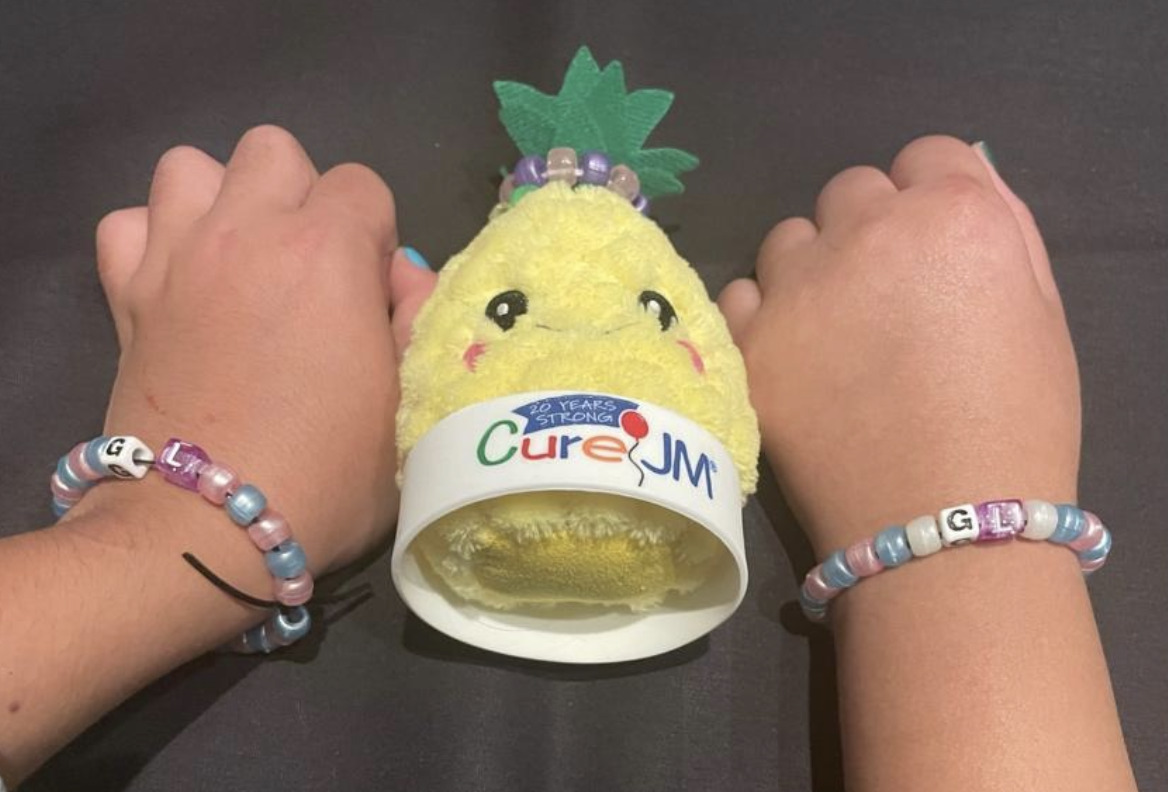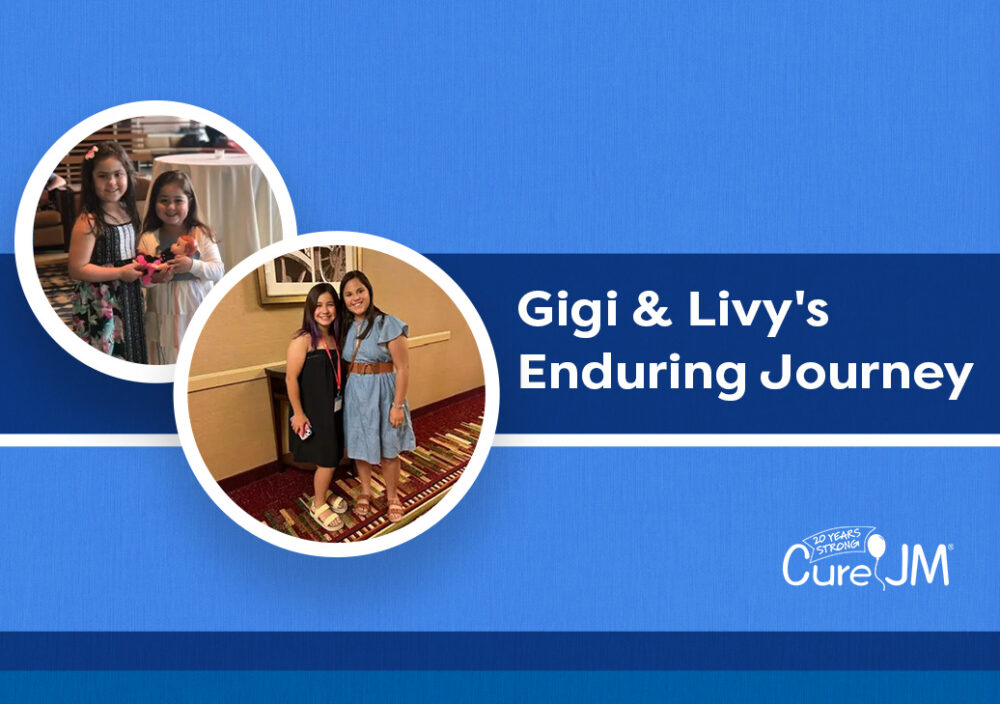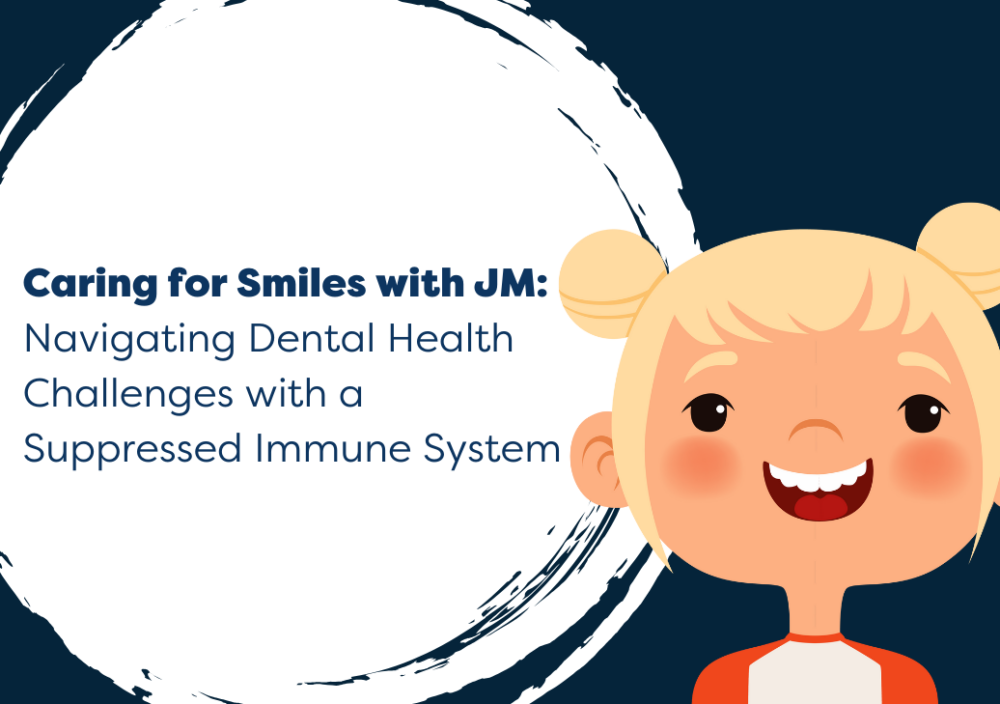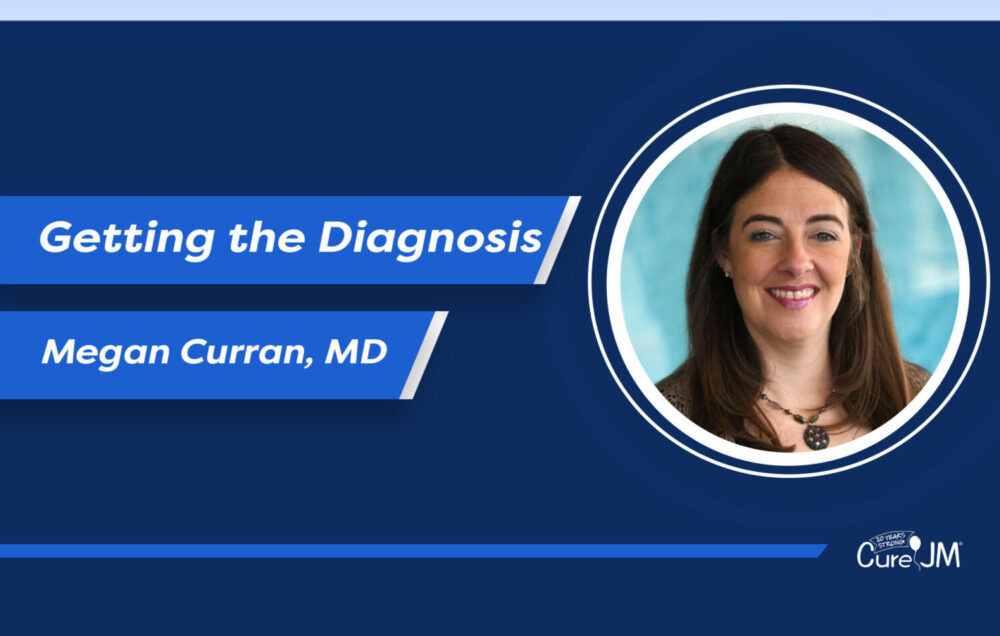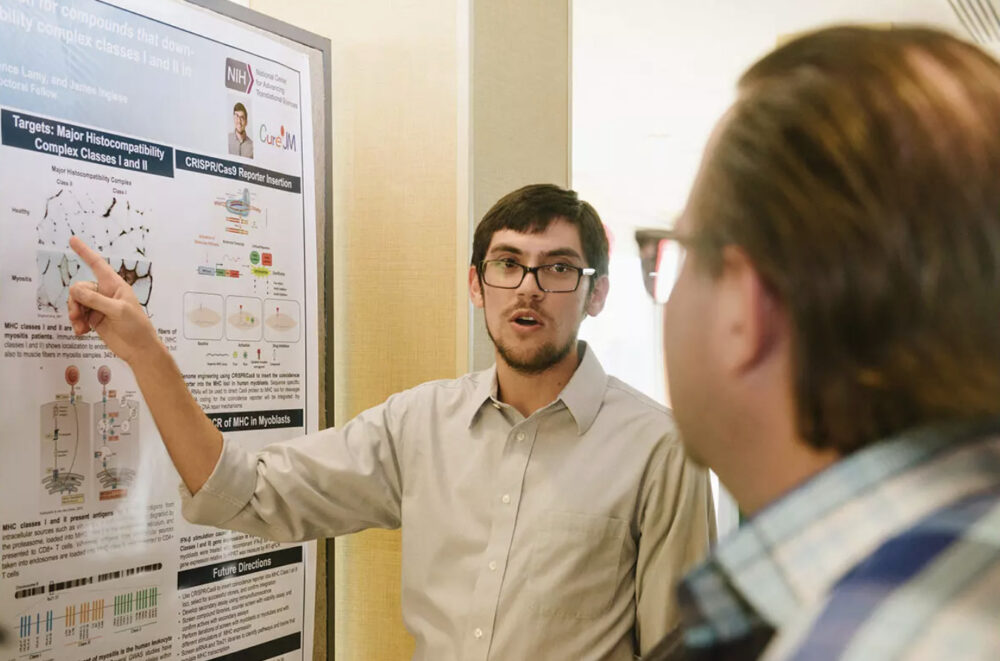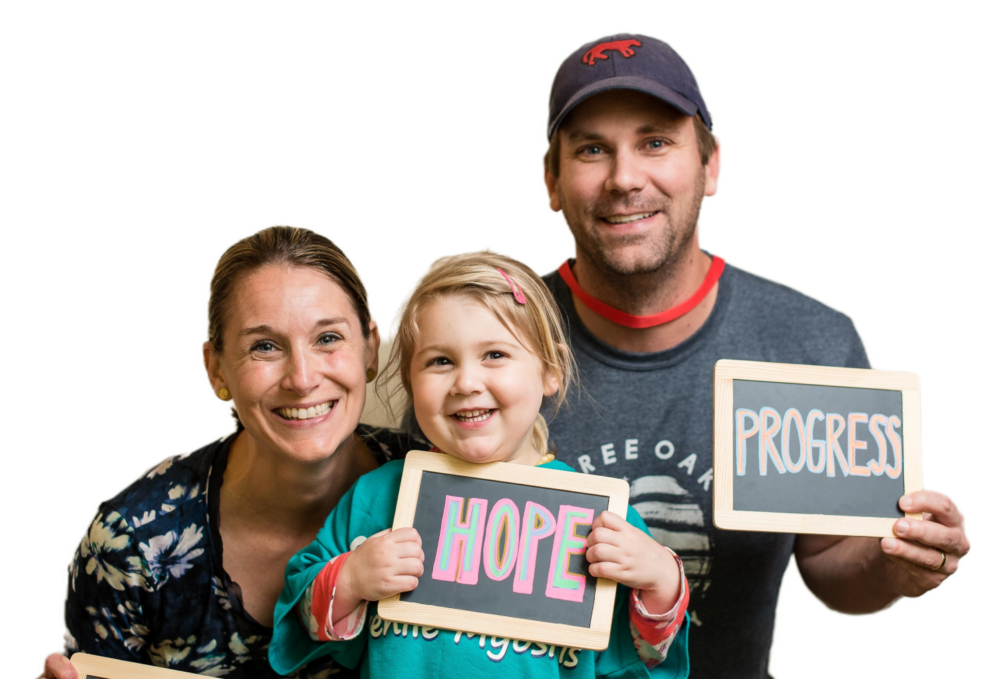Building friendships with others in the JM community can be difficult. Since JM is a rare disease, medical common ground might be a state away. But at this summer’s conference, Cure JM’s common ground was Gaithersburg, MD. There, a friendship between two girls was built—but not from scratch. This summer Gigi and Livy shared a reunion five years in the making.
Livy and Gianna both entered middle school this fall. They both play sports and video games, are passionate about their schooling, and love Maya Angelou’s poem “Phenomenal Woman.” Their most significant similarity is juvenile dermatomyositis. But they live on opposite coasts. That distance made this summer’s reunion so special.
Gigi and Livy first met in 2018. According to Livy, “We went to our first conference here in Washington DC. We were in the kids’ room, and we just kinda hit it off, hung out, and became friends then.” Gigi adds, “Our parents always tell us the story that we became friends instantly.” In 2019, they briefly reconnected at the last Cure JM conference before the pandemic. By the time this summer rolled around, it’d been four years since they last saw each other. Livy grew out her hair and dyed it purple. Gigi admits to Livy: “It took me a second to recognize you because of your hair!”
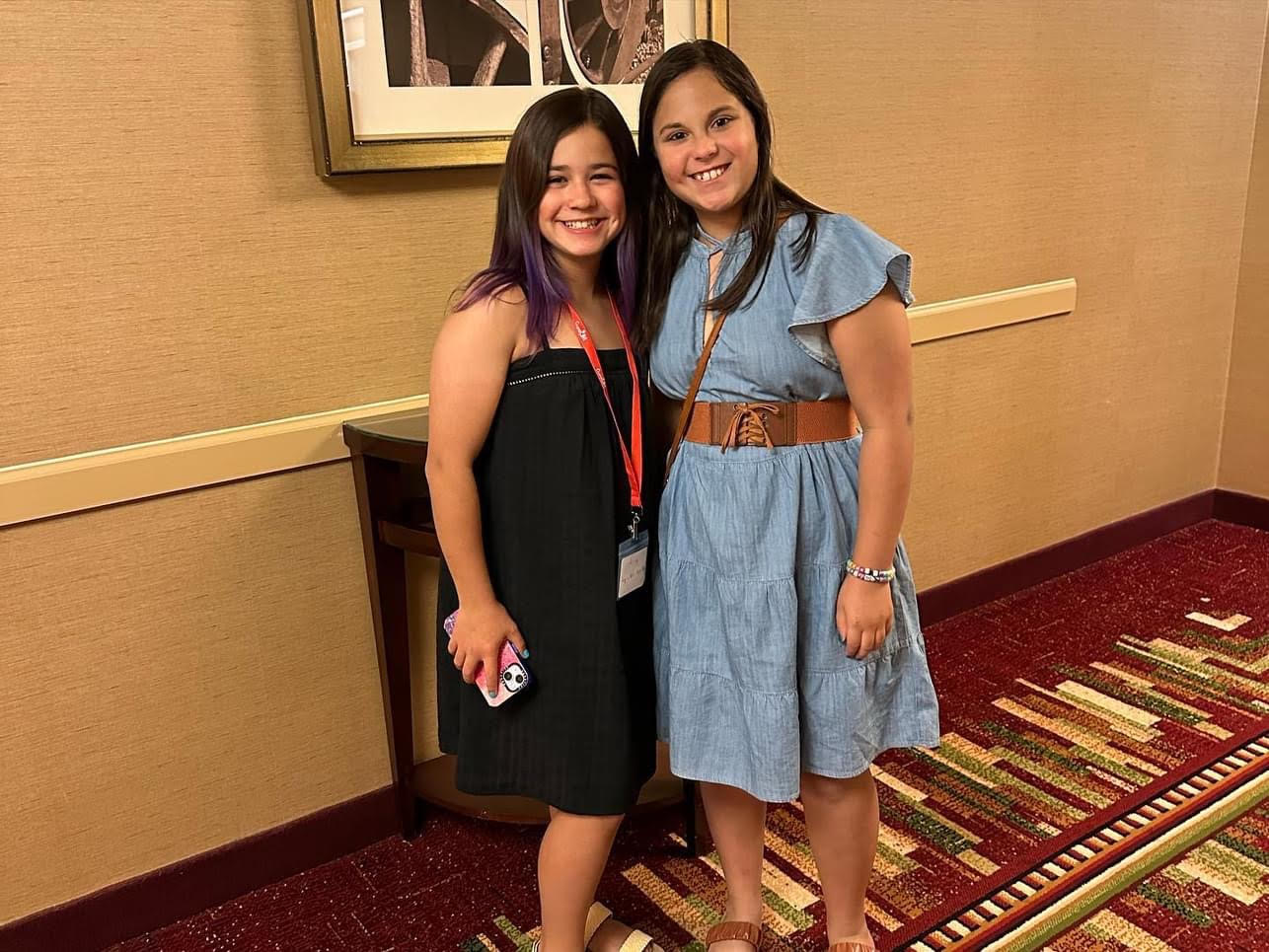
But the girls also have parallel JM timelines. Despite not knowing each other yet, they entered this chapter of their lives together. Livy describes her diagnosis experience: “I got diagnosed when I was five over about a month. I was starting to become weaker, my face was getting really red, I couldn’t do anything for myself. So then my mom took me to the emergency room, and I stayed there until 3:00 in the morning. They said go home, go to sleep, we’ll call you if it’s serious. They called us at 7:00 in the morning to come back. And so we did, and they diagnosed me with JDM. February 21st.”
Gigi’s diagnosis was similar, yet as she points out, JDM presents in her and Livy differently: “I started getting rashes all over my body. I’m more skin than muscle. Livy’s more muscle than skin. So I started getting rashes. I started getting bumps on my hand. I actually still have scarring from it. So, I went to the rheumatologist, and they told us to go to the emergency room.” Gigi prefaces briefly that she’s unsure if she has the story perfect—a caution many JM patients probably share in the swarm of appointments and uneasy feelings. But she continues, “So after that, they moved us to a separate room because they didn’t want me to get sick from the other kids because of my immune system and flu season. I did so many tests. I did blood tests, other tests. I think it’s called a biopsy. That hurt. About a month after Livy got diagnosed, I got diagnosed with juvenile dermatomyositis.”
The biopsy was a bone biopsy. When Gigi says casually but truthfully that it hurt, it hurt. Yet with those sorts of tests and situations and medicines, it hurt in a way that can only be understood by other JM patients. When asked what it’s like being around others who have JM, the girls agree there’s a deeper level of empathy from those who can relate.
Livy acknowledges friends who don’t share JM: “They’ll feel bad for me, and they’ll get it, but they won’t understand completely. I can tell them, ‘I’m feeling so much better!’ And they’ll say, ‘Oh cool!’ but they won’t understand.” She adds, rather, that when you tell a fellow JM patient how good you’re doing, they will know just how important that feeling and victory is. Gigi’s experience is similar. She prefers true understanding over forced sympathy. Gigi says of the Cure JM community: “They know how I feel, and they feel the same way.”
Their observations about JM friendship are great advice for other JM patients: find other people your age to engage with in the Cure JM community. Getting connected with other kids and teens can be a source of hope. “The people here are an instant click,” Livy assures. “You don’t have a lot in common, but you have so much in common.”
It can be fun. As Gigi described it, she and Livy’s time together consisted of making bracelets, annoying kids, and going to Dave & Buster’s. Livy agreed on how fun it all was. And at Dave & Buster’s, the girls won a token of their friendship—Giselle. Giselle is, naturally, a stuffed pineapple. And Giselle has an important job as the newly-minted pen pal for Gigi and Livy to share.
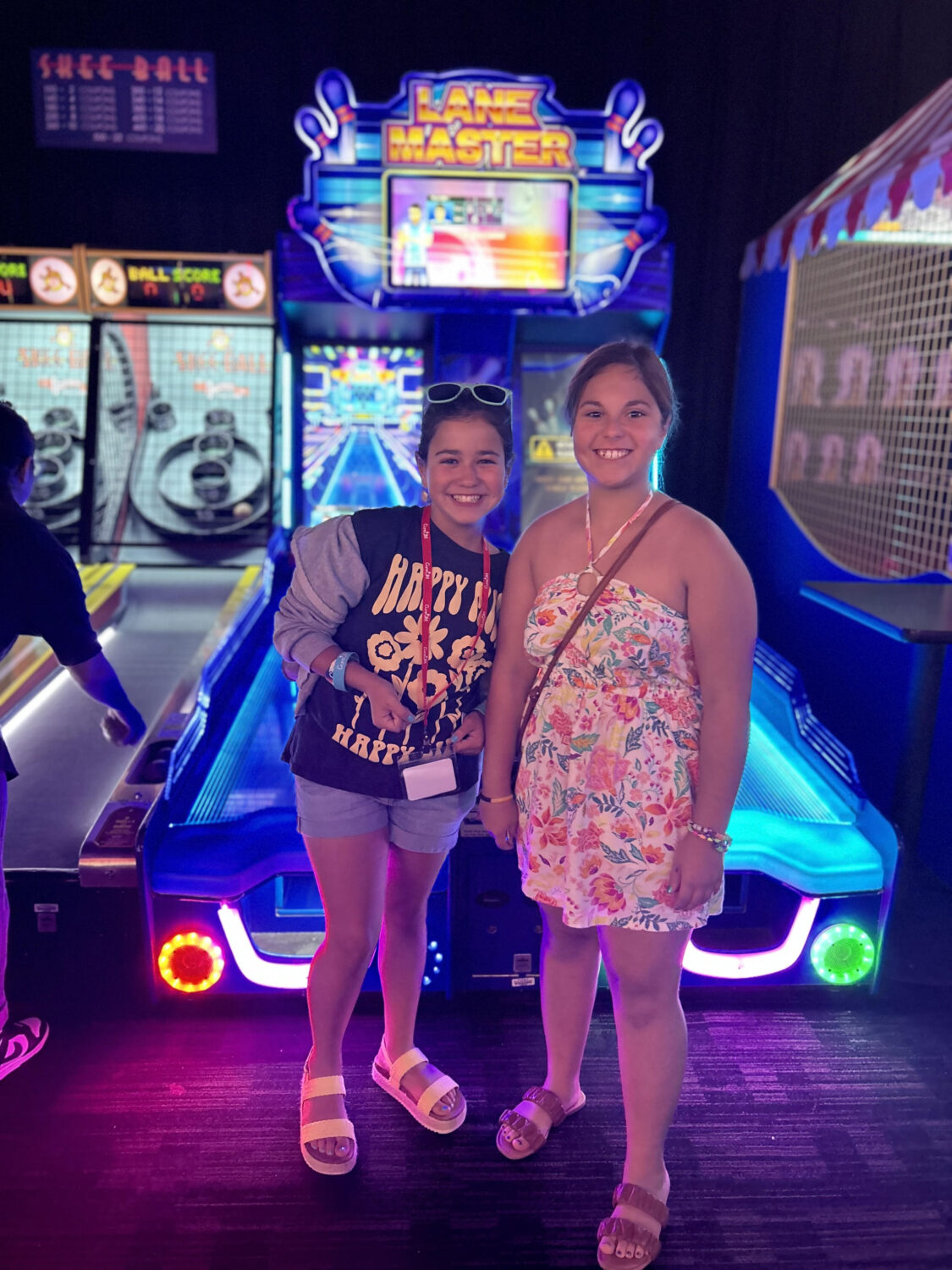
“We’re gonna trade it off every four months,” Livy explains, holding up the cute plush pineapple. “It’s gonna be really fun because it’s June right now, and in four months, I believe it will be October, so she’s going to send it to me with Halloween stuff, and then four months later, I get to send it to her for Valentine’s Day, and then we’ll be at the conference. So then we’ll each take turns handing it off at the conference every year.”
Gigi will be taking Giselle home first, and the girls’ tradition of sharing a little gift and a card will help them keep touch. Before they know it, it’ll be the 2024 conference. Looking further ahead, the girls also share exciting futures. Gigi wants to become a lawyer. Her dream school is Harvard. Livy wants to become a nurse or doctor. Her aim is rheumatology, and she’d love to attend UCLA. She’s observed many young adults of the Cure JM community go from patient to provider, and those older role models she saw at the conference are now her medical field role models. Both Livy and Gigi value getting the best education they can. As Gigi recommends it, thinking about inspiring things and what you will do in the future can be a source of hope on the hard days.
They both have phones now, which means they’ll stay in touch between the conferences. Livy recalls and then anticipates, “I always talk about Gigi whenever there’s any conference. It always reminds me that, wow, I get to see Gigi in person. And my mom was saying maybe if we really stay close, we could visit each other when we’re older. She could stay in California, I could stay in DC. It’d be really cool.”
At the very least, the trading of Giselle the pineapple at next summer’s conference will guarantee they hug again soon. In the year until then, both girls have optimism and hopes about Cure JM as an organization. Livy’s hope is that we get closer to a cure. “Because of all the new technology and medicine and stuff figuring it out,” Livy explains, “I have more hope than I did when I was six.” Gigi shares Livy’s hope that we find a cure. She adds her hope that there be further support given and awareness raised. She hopes more people know about JM, and that they know more about it too. As she pointed out, that awareness brings in funding, which brings more technology, “which will bring us closer to finding a cure.”
When asked if they felt like they would have been friends without having JM in common, Gigi and Livy said yes in unison. Their two-person pocket of the Cure JM community is an inspiring testament to the culture of Cure JM and our amazing families. Our support network across regions and countries exists so no JM family or child is alone. A highlight of that support is gathering annually at the Cure JM Conference. There was so much good happening at the conference on stage, in the presentations, and around the tables. But there was also good happening in the pre-teen room where two girls sat together making matching bracelets.

